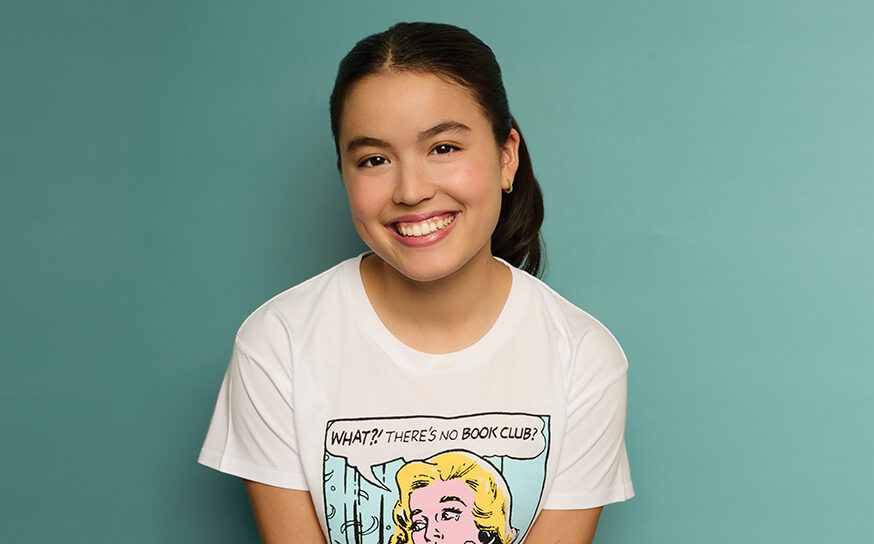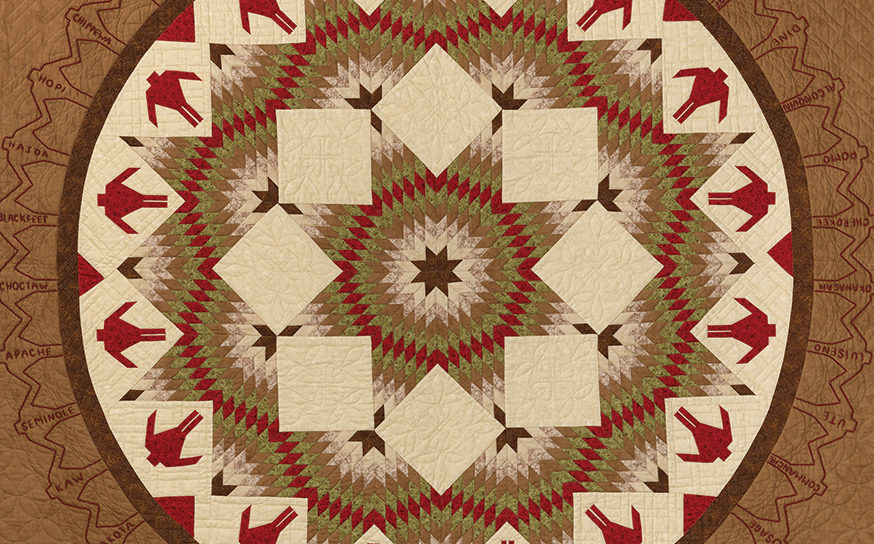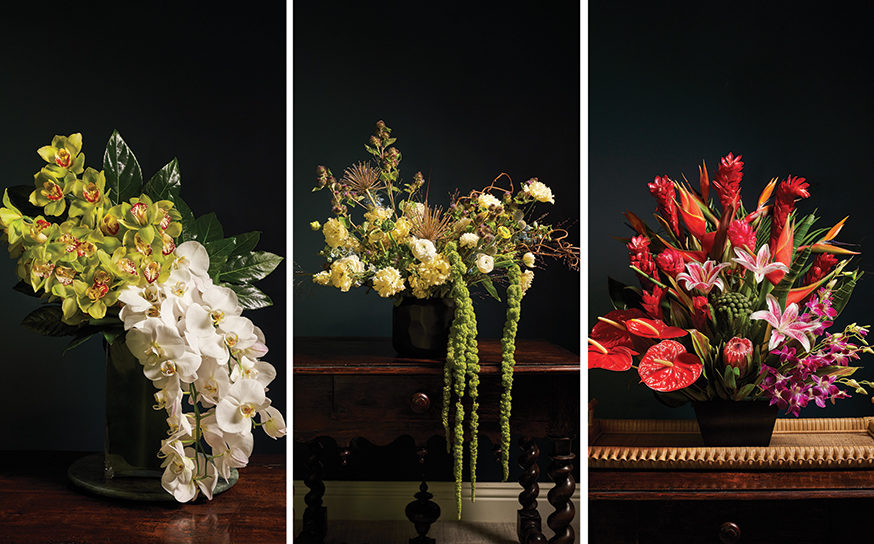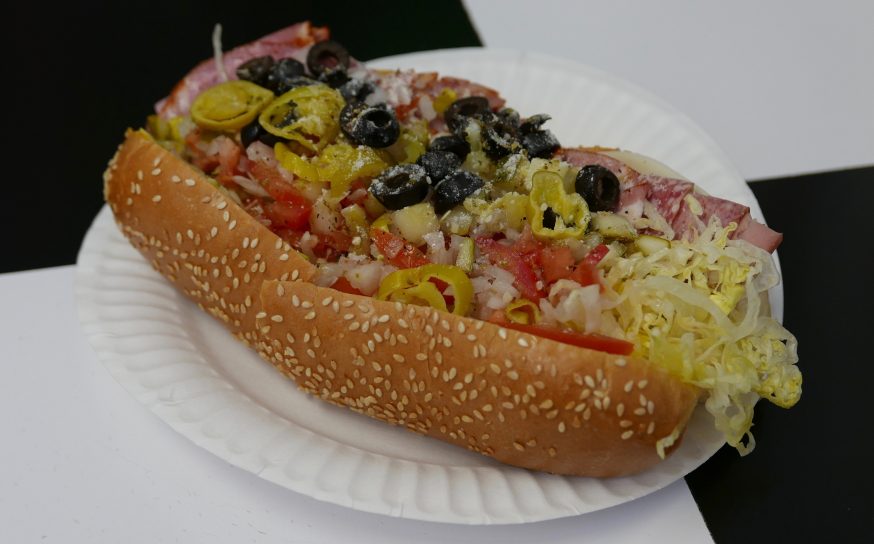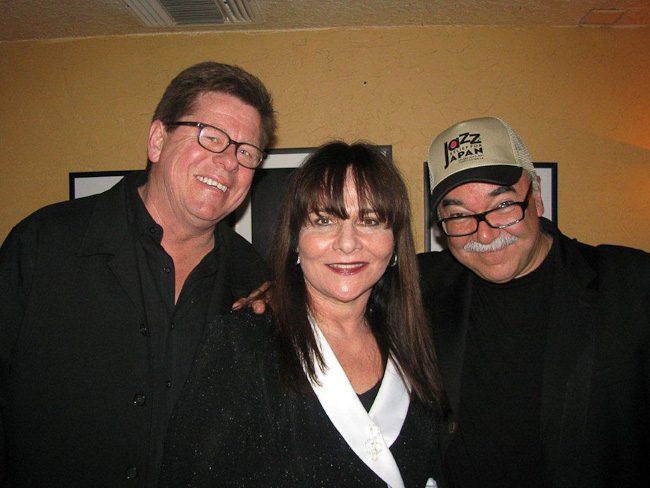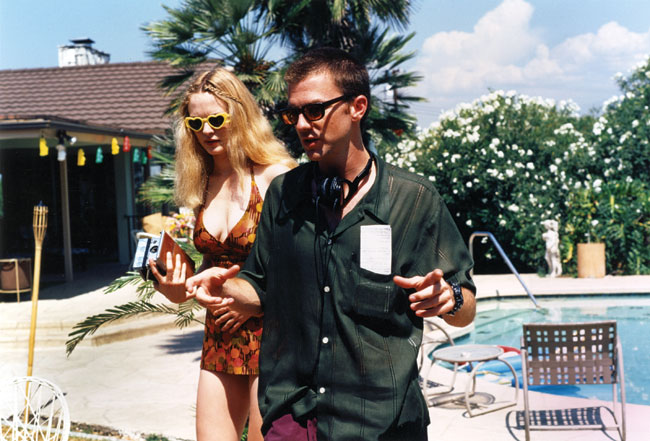
Celluloid Valley
Hollywood may have the notoriety,
but here’s why the San Fernando Valley
is the real epicenter of the entertainment universe.
-
CategoryUncategorized
-
Written byHillary Atkin
From the studios of Burbank to the gated estates of Fryman Canyon … to the citrus groves in Northridge … from the earliest days of silent film to the latest blockbuster, there is one time-tested industry constant. Hollywood may have the global name recognition, but day in and day out, year after year, the Valley is the true center of the entertainment world.
Consider this: The Valley is home to the greatest concentration of the powerful brand names in entertainment, including the Walt Disney Studios, NBCUniversal, Warner Bros. and DreamWorks Animation. It’s also the location of prolific production centers, like CBS Radford and hundreds of independent production companies and postproduction facilities—all of which play a key role in making movies and TV shows.
Here is another thing to think about. Dozens of iconic films have been set or shot—partially or in entirety—in the San Fernando Valley. Paul Thomas Anderson’s dramatization of the porn industry, 1997’s Boogie Nights, the 80s classic Fast Times at Ridgemont High and the 1974 Academy award-winning, Roman Polanski-directed Chinatown are just a few.
Birth Of An Industry
The Valley’s history as a premier filmmaking locale goes back much further than the past few decades. When Universal City opened in 1915, it did so with a party for the ages. Nearly 10,000 people attended the bash and toured dozens of stages, herds of cattle and a menagerie of wild animals.
On the wide slope where Forest Lawn Memorial Park is located now, D.W. Griffith filmed the Civil War epic The Birth of a Nation. The 1915 landmark film became controversial for the way it depicted the Ku Klux Klan and African Americans. Griffith himself was smitten with the Valley, buying a ranch set against the foothills of the San Gabriel Mountains north of San Fernando—a place that became a hangout for Lillian Gish and other film luminaries of the day.
“The irony about the Valley is that it is probably more significant to actual movie production than Hollywood itself,” says film historian and Deadline Hollywood columnist Pete Hammond. “Throughout movie history, from B-movie westerns to Spielbergian utopia, the Valley has been like one-stop shopping for filmmakers, because its suburban landscape can convincingly stand in for Anywhere, U.S.A.”
Countless television productions have also made use of the Valley’s varied terrain, notably classic 1950s and ‘60s Westerns like The Lone Ranger, The Rifleman and Have Gun, Will Travel. The latter two were shot at a mock Western town inside the Paramount Ranch in Agoura, which is now part of Malibu Creek State Park. In the 1990s, Dr. Quinn, Medicine Woman, was shot there. The park is made up of parcels once owned by 20th Century Fox, Bob Hope and Ronald Reagan.
“Lucy, I’m Home!”
With close proximity to sound stages and land to stretch out, industry folks have chosen to reside in the Valley for decades. Actor Gary Cooper set up a ranch on 10 acres in Van Nuys. “The Duke” John Wayne ambled across five acres on Louise Avenue in Encino. Lucille Ball and Desi Arnaz had a ranch house amidst five acres of orange groves on Devonshire Street between Northridge and Chatsworth, dubbing it Desilu Ranch. Another glamorous couple, Clark Gable and Carole Lombard, spread out on a 25-acre ranch in the Encino hills (an enclave now called Clark Gable Estates) with neighbors including Darryl F. Zanuck and Al Jolson.
Film and television production in the Valley employs tens of thousands of people. For those who choose to live on this side of the hill, there are a plethora of desirable neighborhoods. Some of the most popular ones are the Royal Oaks section of Encino, Fryman Canyon and Longridge Estates.
“We lived on the Westside for a long time and decided to move here about four years ago when my wife found a great house that was near our kids’ school,” says David Garfinkle, a partner in production company Renegade 83, which is located in Glendale—providing him an easy commute from Royal Oaks.
Garfinkle and his wife, Maira Suro, an executive at NBCUniversal in Universal City, embrace the Valley lifestyle. “We love it here. There’s a real sense of community. The weather is much better here. You can come home and open up the doors, and I really like that,” Garfinkle explains.
The industry’s most powerful executives can often be found at popular watering holes. For breakfast, there’s Aroma Coffee & Tea on Tujunga. For lunch, there’s Morton’s in Burbank, Katsu-Ya in Studio City and Ca’ Del Sole on Cahuenga. Larsen’s Steakhouse on Ventura Boulevard and Toluca Lake’s The Smokehouse (a George Clooney favorite) are dinner go-tos.
At Lakeside Golf Club in Toluca Lake and Tarzana’s El Caballero Country Club, entertainment execs are also regular fixtures. Across the street from Warner Bros. and overlooking Universal’s backlot, Lakeside’s fairways and bar sport one of the densest concentrations of studio honchos outside of the Academy Awards.
The World’s Backlot
Location managers agree that the Valley’s versatility and its wide range of facilities make it an ideal filmmaking center. “The nice thing about the Valley is it’s a big area with wider, more modern streets. The parking is much easier than in higher density Los Angeles,” says Michael Burmeister, a film and television location manager who started his career as a production assistant on E.T., which famously shot in the Valley. The key scene where the bicycles take to the air was shot on the tree-lined stretch of White Oak Avenue between Tribune Street and San Fernando Mission Boulevard.
“You can move trucks down to Ventura in front of a fancy restaurant and think you’re in France,” Burmeister says. “You can go to Studio City and find tree-lined, middle America-type streets. You can go to the northwest Valley for horse property and Monteria Estates for one-of-a-kind huge mansions. Off Topanga Canyon, you have foothills for hiking scenes. In the Santa Susanna Pass, there are huge rocks with an overview of the Valley.”
“It’s so versatile in terms of locations that we can find—for example, a Connecticut-style mansion in Encino. We can find a warehouse, an upscale restaurant or rock formations in Chatsworth,” says J.J. Levine, a location manager on the CW series Ringer and director of communications for the Location Managers Guild of America.
Among the iconic movie scenes shot in the Valley: Big Tujunga Wash at Foothill Boulevard in Sunland is the site of the dry riverbed scene in Chinatown where the detective, played by Jack Nicholson, spots mysterious flows of water that indicate something fishy is going on as he’s investigating a water conspiracy.
In Boogie Nights, the Hot Traxx disco where the porn director played by Burt Reynolds first spots waiter Mark Wahlberg was in fact a church on Sherman Way in Reseda. In another scene, Reynolds, Julianne Moore and Heather Graham are at Du-par’s Restaurant in Studio City. When Wahlberg is transformed into porn star Dirk Diggler, he’s seen showing off his stuff in front of St. Catherine of Siena Church on Sherman Way and Lindley Avenue, where a carload of surfer punks beat him up. The infamous scene where Don Cheadle witnesses a violent robbery was filmed at Miss Donuts on Sherman Way near Etiwanda Avenue. And the home of the drug dealer played by Alfred Molina is at 16804 Encino Hills Drive.
The high school in Fast Times at Ridgemont High is actually an amalgam of two Valley schools: Canoga Park High School and Van Nuys High School. The interior of the mall where the kids hang out is the old Sherman Oaks Galleria, well before it was damaged in the 1994 Northridge earthquake. Naturally, it was also the centerpiece location in Valley Girl, the 1983 film starring Nicolas Cage and directed by Martha Coolidge.
People, Places and Pictures
Entertainment that travels the world often begins in a quiet stretch of suburbs just north of Hollywood, which clearly has the higher profile role. But think of the Valley as a great working actor; indispensible to the scene, the movie wouldn’t be the same without him.






